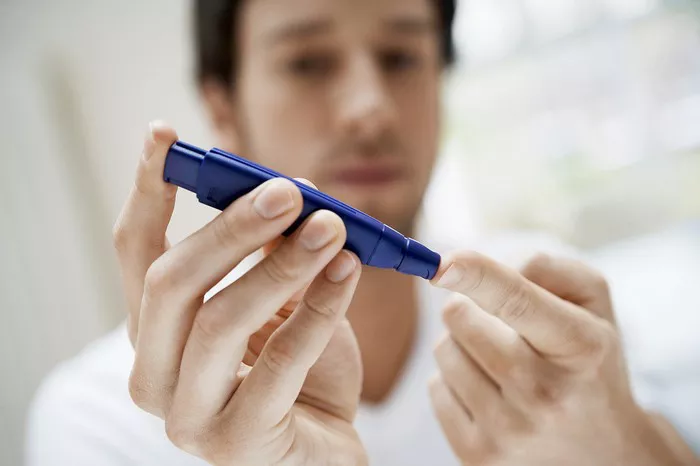A new study by microbiologists at the University of North Carolina (UNC) School of Medicine has revealed a troubling connection between diabetes and the rapid emergence of antibiotic-resistant bacteria. Published in Science Advances, the research highlights how poor glucose control not only weakens the immune system but also fosters an environment conducive to bacterial mutations, increasing the risk of antibiotic resistance.
Diabetes and the Rise of Superbugs
Antibiotic-resistant bacteria pose a major global health challenge, spreading through air, contaminated surfaces, and food. Among these pathogens, Staphylococcus aureus—a leading cause of antibiotic-resistant infections—is particularly common in diabetic patients. This chronic condition disrupts blood sugar regulation and hampers the body’s ability to combat infections effectively.
“We observed that antibiotic resistance develops much more rapidly in diabetic models compared to non-diabetic ones,” said Brian Conlon, an associate professor in UNC’s Department of Microbiology and Immunology and co-author of the study. “This suggests that diabetes plays a significant role in the evolution and spread of antibiotic resistance.”
How Diabetes Fuels Antibiotic Resistance
Diabetes-induced high blood sugar levels provide a favorable environment for bacterial growth, allowing pathogens like S. aureus to multiply unchecked. Simultaneously, a weakened immune response fails to control bacterial populations, increasing the likelihood of resistance mutations.
To investigate this phenomenon, Conlon and fellow researcher Lance Thurlow conducted an experiment using diabetic and non-diabetic mice infected with S. aureus. The mice were then treated with rifampin, an antibiotic known to induce resistance mutations. After five days of treatment, the researchers found a stark contrast between the two groups:
- In diabetic mice, rifampin had little effect, and over 100 million resistant bacteria were detected in infected tissues.
- In non-diabetic mice, no resistant bacteria were found.
Perhaps most alarming was the speed at which resistance emerged—in just four days, resistant bacteria dominated infections in diabetic models.
Insulin Therapy as a Potential Solution
The study also pointed to a possible countermeasure: insulin therapy. When diabetic mice were administered insulin to regulate blood sugar levels, bacterial growth and resistance mutations significantly declined.
“Keeping blood sugar levels under control is essential,” Conlon emphasized. “In our experiments, insulin treatment prevented the rapid emergence of resistant bacteria.”
Expanding the Research
Following these findings, Conlon and Thurlow plan to extend their research to human subjects, analyzing antibiotic resistance patterns in both diabetic and non-diabetic patients. Their future studies will also explore resistance in other dangerous bacteria, such as Enterococcus faecalis, Pseudomonas aeruginosa, and Streptococcus pyogenes. Additionally, they aim to determine whether other at-risk groups, including chemotherapy patients and organ transplant recipients, face a heightened threat of antibiotic-resistant infections.
As the fight against antibiotic resistance intensifies, these findings underscore the critical role of blood sugar management in mitigating the spread of superbugs.
Related topics:
Kevin Frankish Champions the ‘Above the Bias’ Campaign to End Diabetes Stigma
Reversing Type 2 Diabetes: Experts Share Insights


























